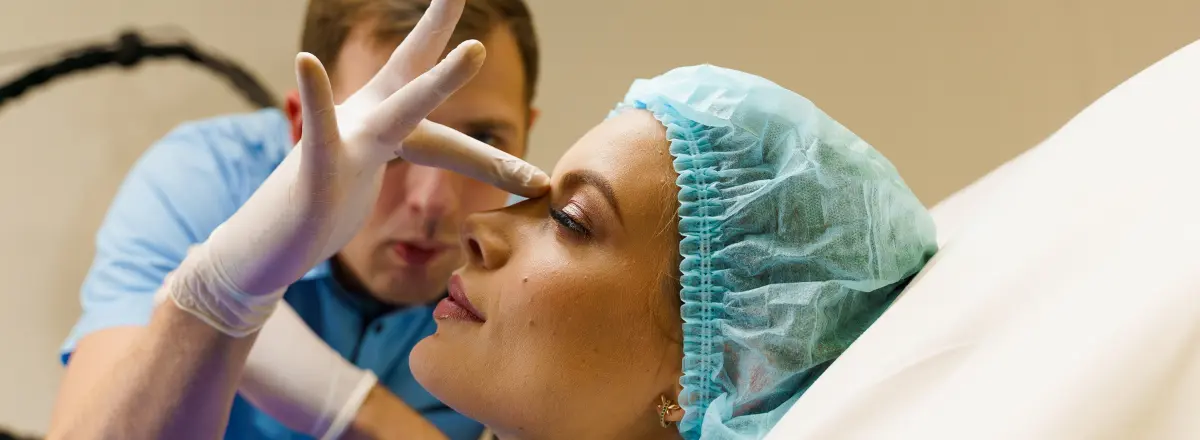Deviated Septum & Septoplasty

The nose plays an essential role in our respiratory system, making it crucial for it to function optimally. At the ENT, Sinus & Hearing Care Center, we recognize the significance of having a well-aligned nasal passage. In this article, we delve deep into the condition known as a deviated septum and the surgical procedure, septoplasty, commonly used to rectify it.
Decoding the Deviated Septum
A deviated septum occurs when the septum, the cartilaginous barrier between your nostrils, veers away from the midline. Instead of being central, it leans into one of the nasal cavities, leading to restricted airflow. This deviation may be a congenital condition or can be caused due to injuries. The imbalance in the nasal cavity might lead to the enlargement of the inferior turbinate on the opposite side, further complicating breathing.
Introduction to Septoplasty
Septoplasty stands out as the definitive surgical solution to address a deviated septum. The primary objective is to rectify the alignment of the septum, ensuring clear, unobstructed airflow. Typically, this surgery lasts about an hour, during which the patient might be under local or general anesthesia, contingent on individual needs and the intricacy of the procedure. After making a precise incision, the surgeon gains access to the bone and cartilage, post which the septum is straightened and stabilized using splints, tubes, or sutures.
Why Consider Septoplasty?
- Improved Breathing: By realigning the septum, septoplasty facilitates easier breathing.
- Reduced Nasal Swelling: Post-surgery, patients typically experience decreased inflammation within the nasal passage.
- Optimal Mucus Drainage: A straightened septum aids in efficient mucus drainage, reducing sinus-related issues.
- Decreased Incidents of Nosebleeds: Aligning the septum can help in mitigating frequent nosebleeds.
Potential Risks of the Surgery
Every surgical procedure has inherent risks, and septoplasty is no exception. One of the relatively rare complications post-surgery is spinal fluid leakage, which manifests in a small percentage of patients. However, this complication is usually identified and rectified during the surgery itself, ensuring patients face no post-operative issues related to it.
Guidelines for Post-Operative Care
Recovering from septoplasty requires adherence to certain guidelines. Post-surgery, it’s not uncommon for patients to experience dizziness or a sense of drowsiness due to anesthesia, which typically subsides in a few hours. Essential post-operative care steps include:
- Regularly changing the external nasal gauze dressing, especially if damp or soiled.
- Retaining the internal nasal packing for approximately 72 hours post-surgery.
- Addressing common side effects like headaches or nasal discomfort with over-the-counter pain relievers.
- Practicing mouth breathing while the nasal packing is in place, despite potential discomfort.
If you or a loved one is considering septoplasty or requires more details about addressing a deviated septum, don’t hesitate to reach out to us at the ENT, Sinus & Hearing Care Center. Your health and comfort are our top priorities.